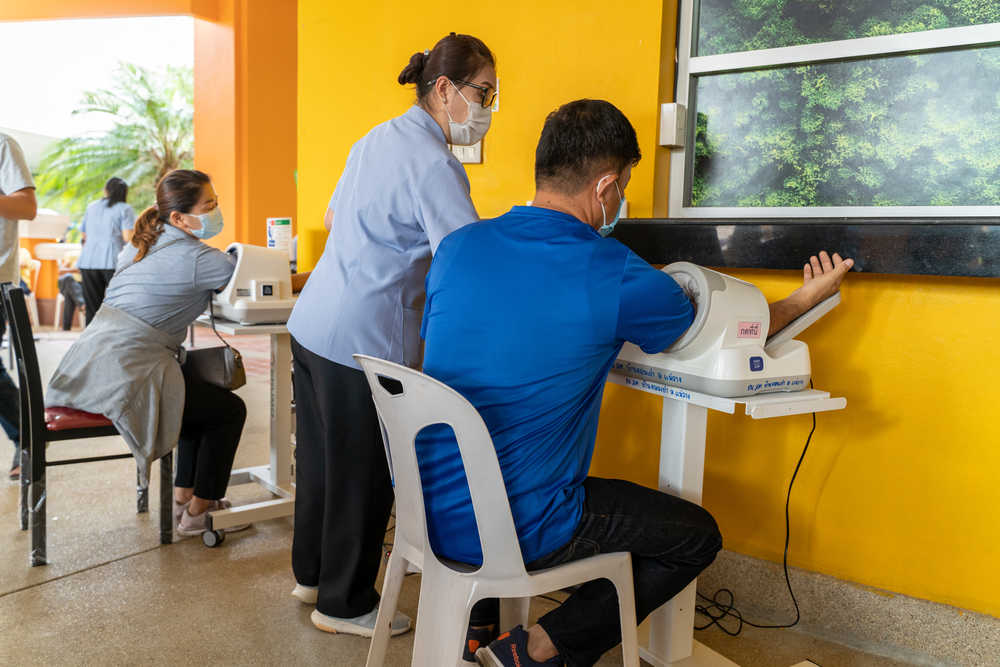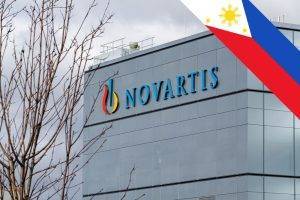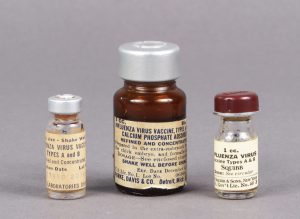In a groundbreaking healthcare advancement, Maharaj Nakorn Chiang Mai Hospital has integrated a catheterisation laboratory (cath lab) with a cardiac MRI facility, transforming emergency cardiac care in Thailand.
The combination of cath lab and cardiac MRI is a first in Thailand.
Accelerated Emergency Response: A Leap in Patient Survival
This strategic integration within the emergency room (ER) aims to drastically cut the crucial ‘door-to-door’ time for patients suffering from acute coronary syndrome. It is extremely important as every minute is pivotal for survival. Bannakij Lojanapiwat, the faculty dean, underlined the urgency of immediate medical intervention in such critical cases.
Thailand’s First One-Stop-Service ER
The hospital is part of Chiang Mai University’s Faculty of Medicine. They heralded this development as the inception of the largest one-stop-service ER in northern Thailand. The new setup is particularly significant for patients requiring prompt cardiac care, underscoring the hospital’s commitment to pioneering medical innovations.
Smart Ambulances: Bridging Critical Gaps
To further expedite treatment, the hospital has introduced ‘smart ambulances,’ enabling in-transit diagnosis and ensuring immediate surgical intervention upon arrival. “Our goal is to initiate potentially lifesaving surgery within 30 minutes,” stated Bannakij, highlighting the profound impact on patients’ survival chances.
Setting New Benchmarks in Cardiac Care
Compliance with rigorous standards is evident, as the protocol mandates an electrocardiogram diagnosis within 10 minutes and subsequent surgery within 90 minutes for heart failure patients arriving at the ER. However, with the recent integration, interventional cardiologist Pannipa Suwannasom anticipates surgical procedures to commence within 60 minutes.
Minimising Cardiac Damage: The Race Against Time
“A faster treatment process doesn’t just save lives; it significantly reduces the potential damage from heart conditions,” explained Pannipa. The integration overcomes logistical delays inherent in conventional hospital layouts. Usually, cath labs are typically distant from emergency rooms, sometimes on different floors.
Continual Strides Toward Excellence
Asst Prof Dr Narain Chotirosniramit, the hospital director, recounted the pre-integration phase when transferring a patient to the cath lab took an arduous 10 to 15 minutes. “This strategic move is a potential lifesaver,” he affirmed.
Reflecting on the hospital’s illustrious journey, it’s noteworthy that Chiang Mai University’s Faculty of Medicine pioneered the heart failure clinic in Thailand over two decades ago. Accolades like the American Heart Association’s Get with the Guidelines – Heart Failure Bronze Plus Achievement Award underscores its ongoing dedication to excellence.
Fostering High Medical Standards
Currently, the institution is ambitiously eyeing the Silver Level standards. Subsequently, they aspire to elevate this to Gold Level within the forthcoming years. This relentless pursuit of higher benchmarks reflects its enduring commitment to medical excellence and patient welfare.
Conclusion: Trailblazing Integrated Cardiac Care
Maharaj Nakorn Chiang Mai Hospital’s revolutionary approach sets a precedent in optimising emergency response times for cardiac patients. This initiative positions the hospital as a trailblazer in advanced healthcare within Thailand. Additionally, it marks a significant stride in Asia’s medical landscape. The bold integration of key facilities underscores a robust response to cardiac emergencies, potentially shaping the future of critical care in the region.













